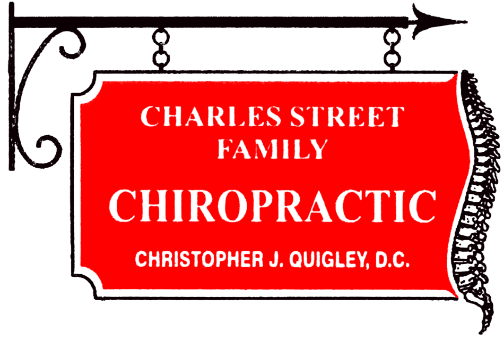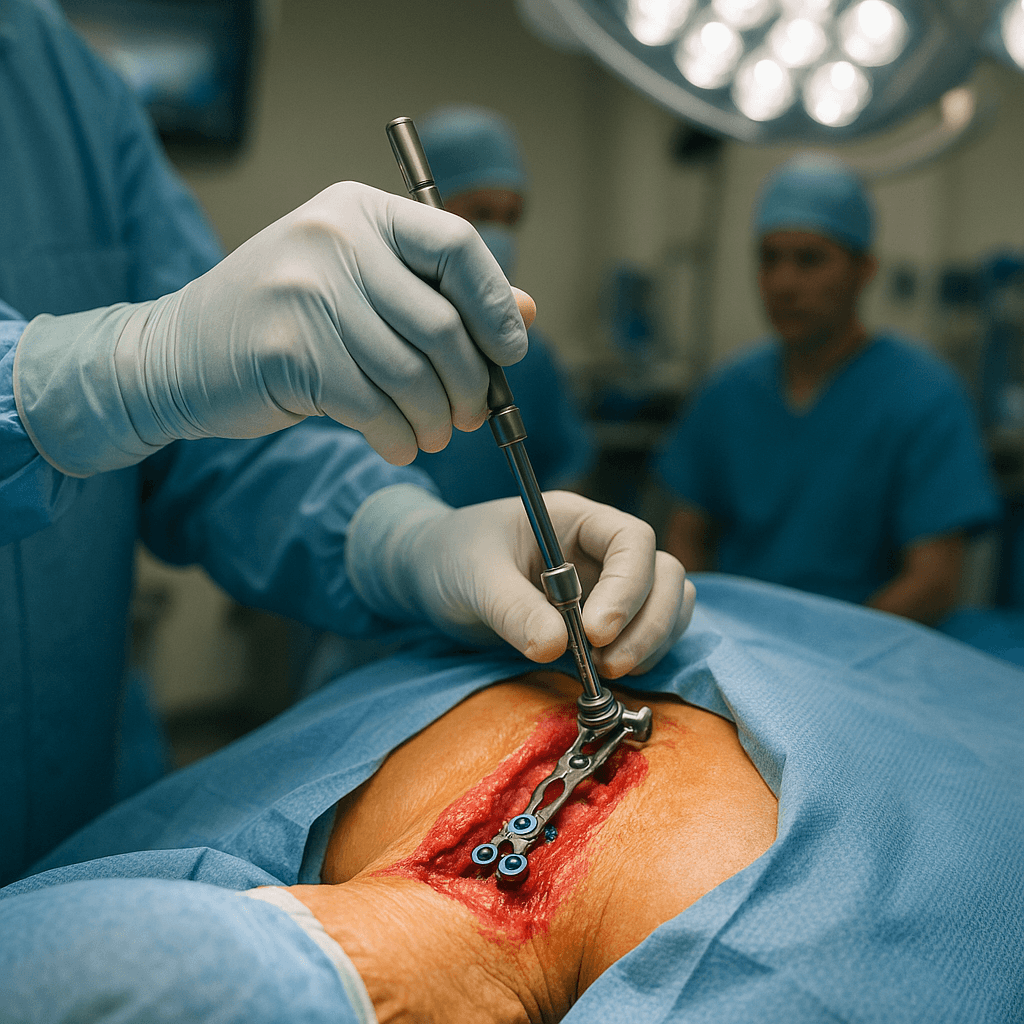Can Chiropractic Care Help After Spine Surgery?
We have taken care of dozens of patients who are still having pain after spine surgery. We have a great track record of success with those patients, and I recently came across a research paper where they did the same thing. Here is a research report of three case studies published in 2013.
Having spine surgery doesn’t always guarantee a pain‑free life. For some patients, persistent or recurring postoperative spine pain can stick around long after the hospital discharge. In fact, many turn to further surgery or medication, but a case series published in the Journal of Chiropractic Medicine (2013) explored a different route: chiropractic care, including spinal manipulation, to help those grappling with lingering pain
The Study at a Glance
Researchers reported on three patients who had undergone spinal surgery—but continued to experience significant spinal pain—and then received chiropractic treatment. The treatments included:
-
Spinal manipulation and adjustments
-
Soft tissue techniques
-
Individualized care plans
While each patient’s surgical history and presentation differed, they shared one thing in common: chronic discomfort despite prior medical and surgical interventions.
Case Highlights
-
Patient 1: Continued low back pain after lumbar surgery, with stiffness and decreased mobility.
-
Patient 2: Neck pain and limited range of motion following cervical surgery.
-
Patient 3: A combination of low back and leg pain post lumbar operation, impacting daily activity.
Though the exact details vary, all three followed a multi-week chiropractic regimen aimed at improving movement, reducing pain, and addressing surrounding muscular or joint dysfunction.
Outcomes: Promising Improvements
By the end of the series:
-
Two out of three patients reported a clinically meaningful reduction in pain levels.
-
Improvements included enhanced mobility, better posture, and increased daily function.
-
All three were able to reduce reliance on pain medications and reported improved quality of life.
While this was a very small sample, the results are encouraging—especially in a population where conventional care and re-operation often offer limited additional benefit.
Why This Case Series Matters
-
Highlights a conservative, non‑invasive option for postoperative pain management.
-
Shows potential value in interdisciplinary collaboration, integrating chiropractic within broader postoperative care.
-
Supports further research into non-surgical care pathways for persistent spine pain, which remains a common and costly problem in many healthcare systems.
A LinkedIn summary noted: “Chiropractic treatment resulted in clinically relevant improvement for about half of the chronic LBP patients, underscoring the effectiveness of conservative treatment and the value of interdisciplinary care” journal.parker.edu+3ScienceDirect+3Europe PMC+3e-space.mmu.ac.ukLinkedIn.
Implications for Patients and Providers
If you or someone you know is navigating persistent spine pain after surgery:
-
Chiropractic care, when performed by qualified practitioners, could be worth exploring—especially as part of a multidisciplinary plan.
-
Insightful postoperative planning may benefit from integrating conservative therapies early.
-
Chiropractic adjustments can be safely applied to areas above and below the surgical area.
Final Takeaways
This 2013 case series opens an interesting window into the possible role of chiropractic care in managing post-surgical spine pain. Although preliminary, the findings suggest that some patients may find relief and improved function through conservative, non-drug intervention—even when surgery alone hasn’t sufficed
Looking ahead: Future research should include well-designed controlled studies with larger patient samples to better understand when and for whom chiropractic care is most effective.
For now, these cases serve as a thought-provoking example of how chiropractic care may offer alternative pathways to recovery—even after major spine surgery. Call us today at 617-720-1992 to see if we can help.

